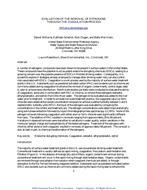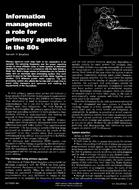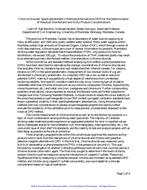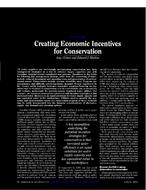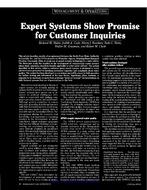Provide PDF Format
AWWA ACE63012
- Evaluation of the Removal of Estrogens through the Coagulation Process
- Conference Proceeding by American Water Works Association, 06/01/2006
- Publisher: AWWA
$12.00$24.00
A number of estrogenic compounds have been shown to be present in surface waters in the United States.These compounds have the potential to act as potent endocrine disrupting chemicals (EDCs), leading to agrowing concern over the possible presence of EDCs in finished drinking waters. Consequently, it isprudent to explore if strategies already employed to manage other drinking water risks can also controlrisks associated with EDCs. Coagulation is a unit process used by the majority of surface water treatmentplants in the U.S. Adsorbents such as powdered activated carbon (PAC) and oxidants such as chlorine arecommonly added during coagulation to enhance the removal of organic contaminants, control algae, taste& odor or achieve extra disinfection. Bench-scale studies (jar tests) were conducted to evaluate the abilityof coagulation, alone and in combination with PAC or chlorine, to remove three estrogens (estradiol,ethynylestradiol, and estriol) from Ohio River water. The estrogen to be evaluated was added to the riverwater prior to treatment. In order to simulate full-scale treatment practice, the coagulants (alum or ferricchloride) were added at the lowest concentration necessary to achieve a settled turbidity between 1 and 5nephelometric turbidity units (NTU). Removal of the estrogens was evaluated by comparing theconcentrations in the control and treatment jars. The estrogen concentrations were determined analyticallyusing solid phase extraction followed by liquid chromatography/mass spectroscopy (LC/MS). None of theestrogen removals following coagulation with either alum or ferric chloride were significantly differentfrom zero. The addition of PAC resulted in removals ranging from approximately 20 to 80 percent.Variations in observed removals were due either to variations in water quality, and/or variations in themolecular weight, charge and hydrophobicity of the tested estrogens. Treatment of the estrogens withchlorine, either alone or with coagulant, resulted in removals of approximately 98 percent. This removal isdue, at least in part, to chemical transformation of the estrogens. Includes tables, figures.
Related Products
AWWA JAW6305
Journal AWWA - Information Management: A Role for Primacy Agencies in the 80's ..
$15.00 $30.00
AWWA ACE70556
Chlorine Dioxide: Spectrophotometric Methods Alternative to DPD for the Determination of Residual Di..
$12.00 $24.00

